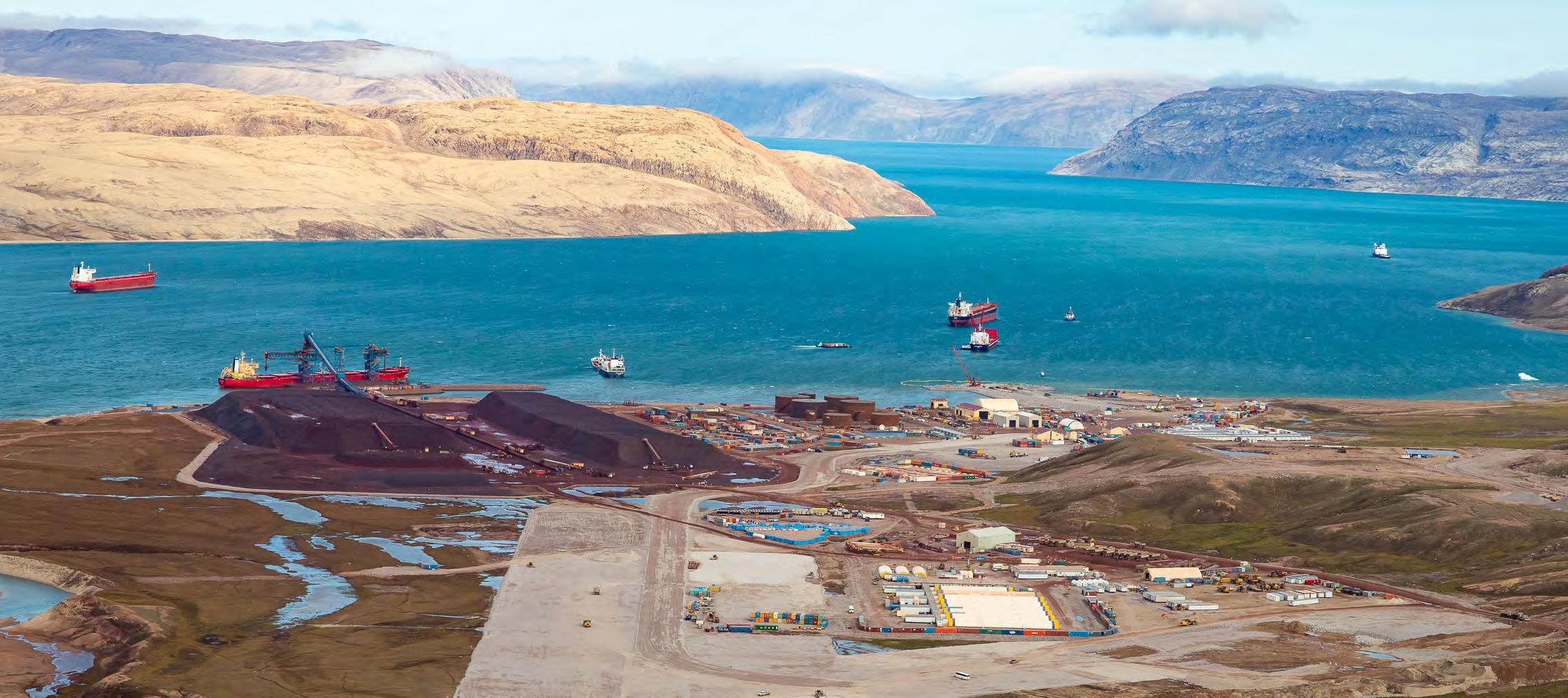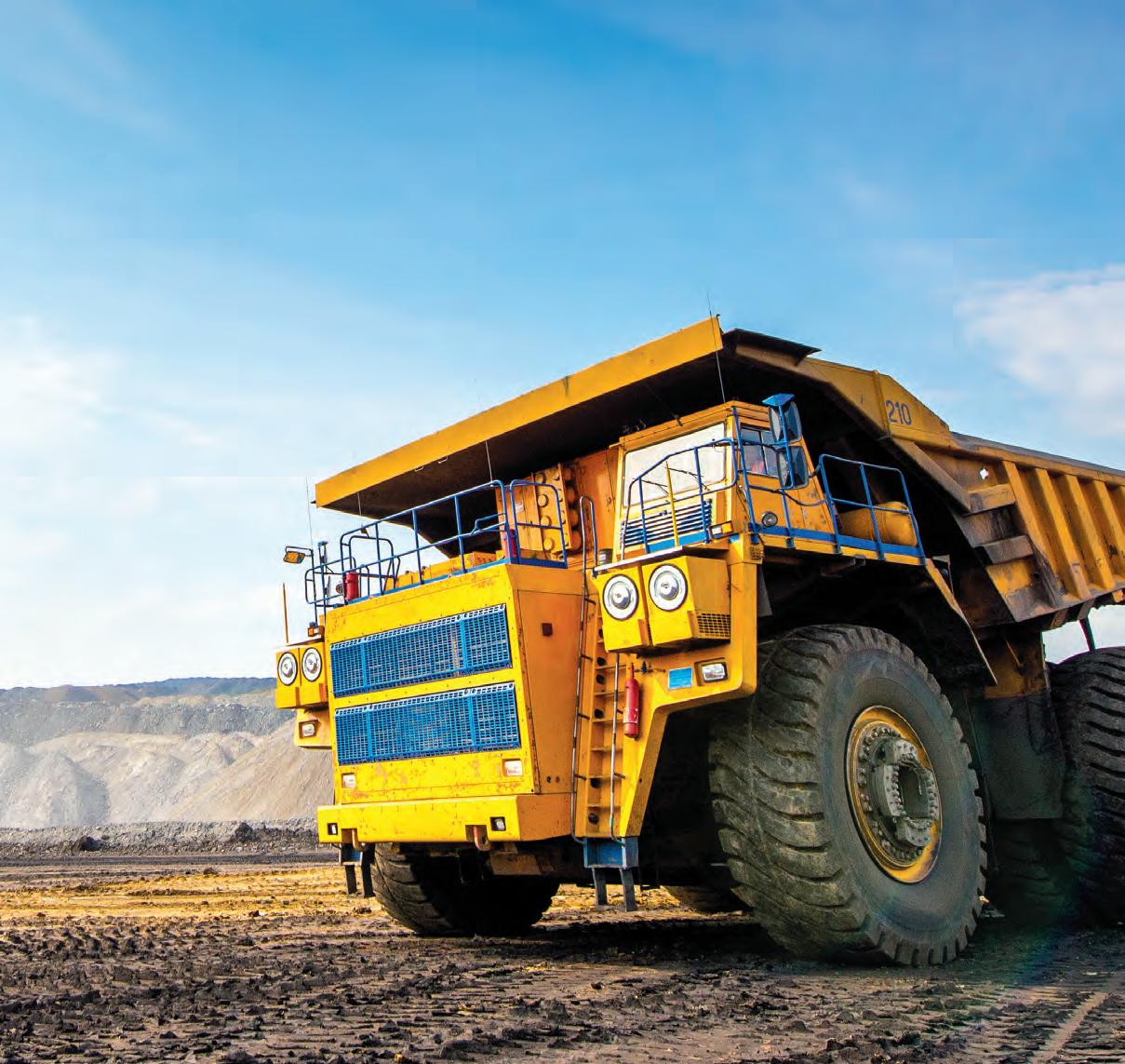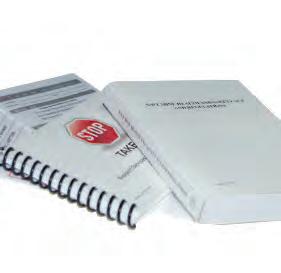
2 minute read
Baffinland reverts to quest for southern rail route

Qikiqtani Inuit Association president says stringent monitoring will be needed
Baffinland Iron Mines is hammering out plans in hopes of building a railway to Steensby Inlet.
The company, whose phase two expansion proposal was rejected by the Minister of Northern Affairs last November, is resurrecting the Steensby route to the south on Baffin Island — an idea it had tabled close to a decade ago.
The Qikiqtani Inuit Association isn’t expressing opposition to this latest plan, but its president, Olayuk Akesuk, struck a cautious tone when addressing the railroad project.
“As we saw through the phase two proposal review, there are significant concerns about the potential impact on wildlife if proper mitigation measures are not implemented,” Akesuk stated. “The placement of the rail for the southern route (to Steensby) will require significant review to ensure that as much as possible the disruption to wildlife can be mitigated.
“Focus on improving adaptive management measures will be critical if there is to be a railway constructed and operated on Baffin Island, particularly in combination with the existing northern road, and mitigation measures must be developed that are acceptable to impacted communities,” he said.
Baffinland president and CEO Brian Penney did not make himself available for an interview.
During a presentation at the Northern Lights business and cultural showcase in Ottawa in February, Penney said Baffinland is attempting to secure financing for the more costly 149-km railway to Steensby Inlet.
The mining company currently uses a road to truck iron ore from its Mary River site to the port at Milne Inlet. It wanted to construct a 110-km railway to Milne as part of the phase two expansion but approval was not granted.

The project certificate for the Steensby site permits the shipping of 18 million tonnes of iron ore per year, which exceeds Baffinland’s request of 12 million tonnes annually through its rebuffed phase two proposal at Milne Inlet. The company currently has a six million tonne shipping limit per year. It has stated that its objective is to eventually reach 30 million tonnes annually.

Akesuk again emphasized the need for vigilance if the alternative route to Steensby comes to fruition and shipping traffic consequently increases.

“Impacts on wildlife as a result of any increased traffic via rail, tote road and shipping need to be monitored regularly and if there are negative impacts observed which exceed predictions as a result in increased traffic, measures to remedy negative impacts need to be implemented,” he said. “Many lessons were learned, and Inuit observations of current marine impacts were accepted by NIRB (Nunavut Impact Review Board) through the phase two proposal, which was not approved to proceed.
“The commitments made to north rail in the phase two review which were not applied to the project, as well as lessons learned since the original project was proposed more than a decade ago need to be applied to what is proposed for southern rail, Steensby Port, and Ikpikitarjuaq,” said Akesuk.










